TIL: Ponzo illusion
I love optical illusions. It's fascinating to see something, figure out how and why it works, and then still get fooled because the mind worked a certain way the whole life, and it cannot be untrained in a couple of minutes.
I like the illusions so much that at the beginning of social networks (even pre-Facebook), I had one of the illusions as my profile picture.
It was a Müller-Lyer illusion, with two identical lines, where one appears longer than the other, depending on the direction of the "tails" attached to it:
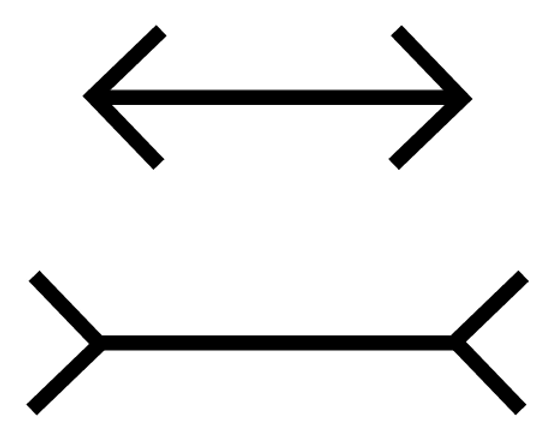
When you draw parallel lines, you can see that the lines are the same length.
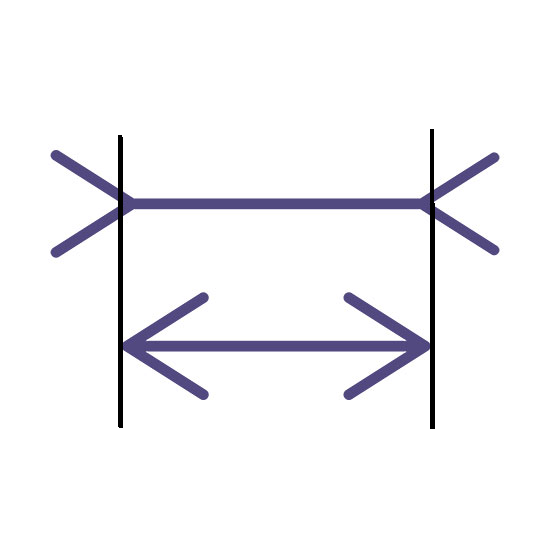
But there's another simple but much more exciting illusion, especially a specific variant.
The illusion is called the Ponzo illusion, after Mario Ponzo, an Italian psychologist (1882 - 1961). It was first demonstrated in 1911.
The basic version of the Ponzo illusion is pretty straightforward:
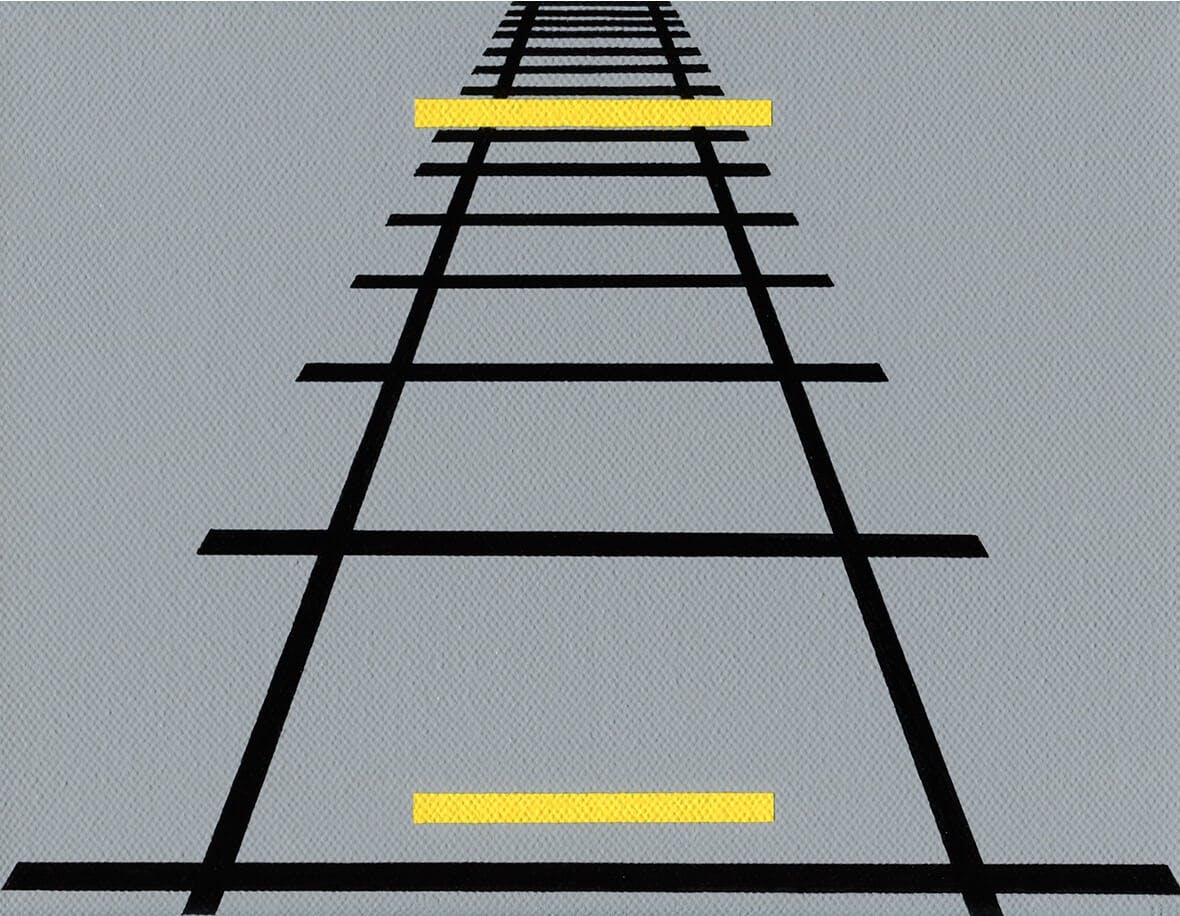
Ponzo suggested that the human mind judges an object's size based on its background. The upper line looks longer because we interpret the converging sides according to linear perspective as parallel lines receding into the distance. We then interpret the upper line as though it were farther away, so we see it as longer.
But there's a much more potent variant of this illusion. Even when you know about the Ponzo illusion and measure the objects in the image, the mind still refuses to see the objects being the same size. Here it is:
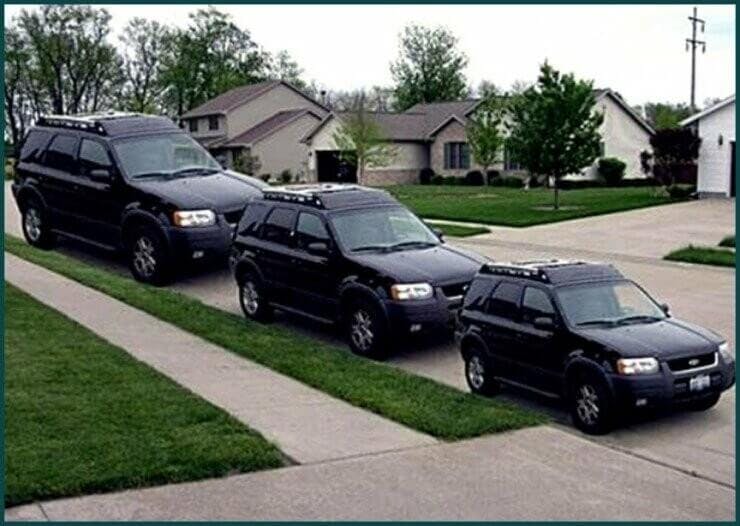
All three cars in this photo are exactly the same size.
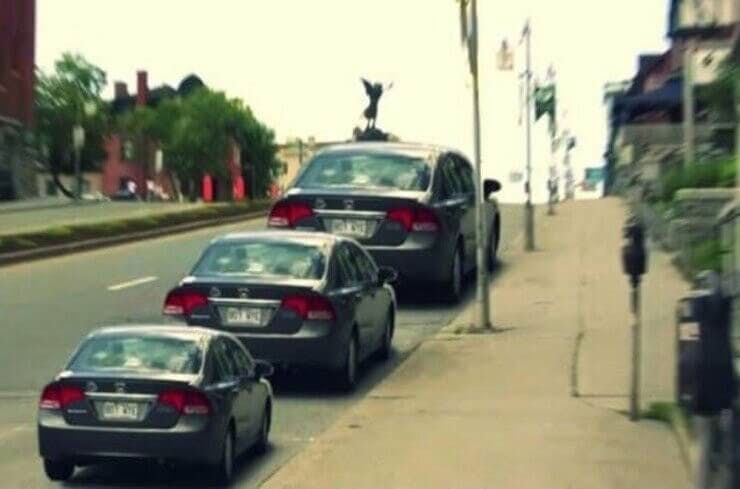
Measure the cars. They really are same size.
In this one, too. Same size.
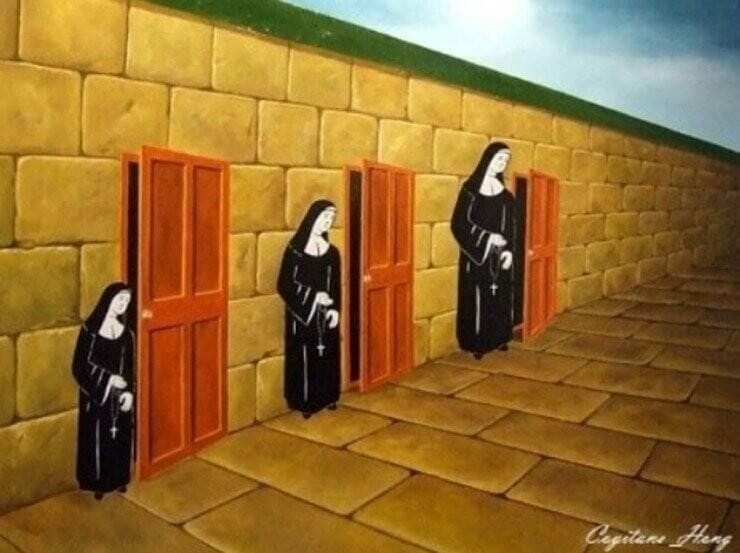
And this one is even trickier. All three nun figures are the same. The effect is magnified by placing seemingly same-sized doors receding into the distance. But while the nuns are the same, the third door is roughly half the size of the first.
The reasons behind the illusion are not 100% explained. Perspective is one of the reasons, but it doesn't explain the full effect. Also, some people are more or less susceptible to this: non-Western and rural people show less susceptibility.
Does your mind also refuse to see all these objects having the same size? Maybe I'm just too Western and urban?
